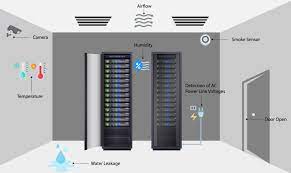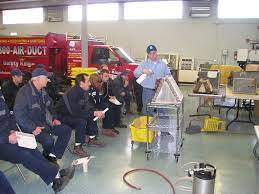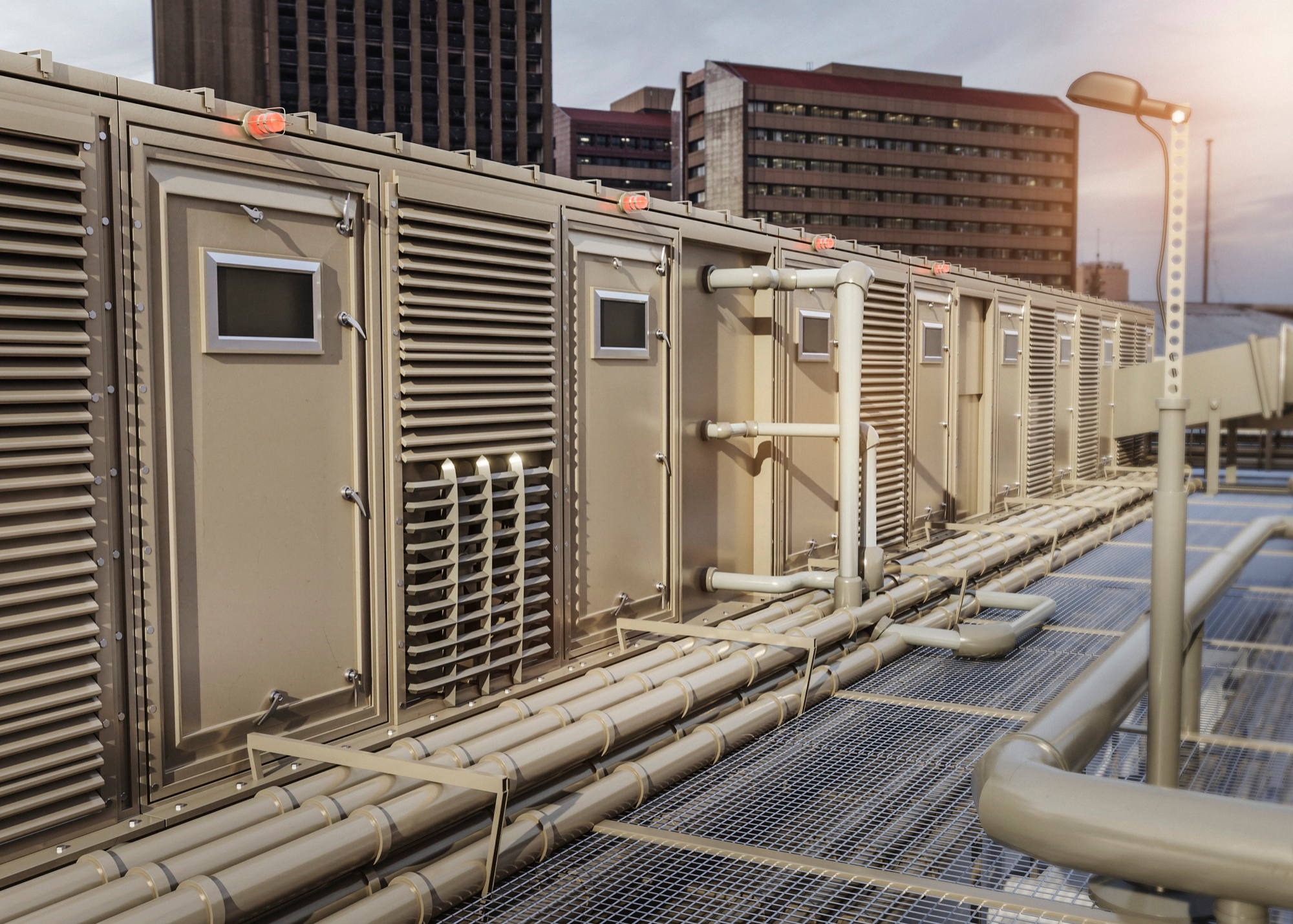
Dryer Vent Cleaning: Wireless Sensor Monitoring
- Posted by admin
- On September 19, 2023
- 0 Comments
- dryer vent cleaning, dryer vent cleaning ottawa, high dryer vent cleaning
In industrial environments, wireless sensor monitoring has emerged as a valuable tool for optimizing operations, improving safety, and reducing downtime. Then, this blog explores the benefits of this monitoring, its applications in various industries, and the transformative impact it can have on efficiency and productivity.
Let’s delve into the advantages of wireless sensor monitoring in industrial settings.
Benefits of Wireless Sensor Monitoring
- Real-Time Data: Also, Wireless sensors provide continuous, real-time data on various parameters, enabling proactive decision-making, predictive maintenance, and process optimization.
- Remote Monitoring: With wireless connectivity, sensors can be remotely monitored, reducing the need for manual inspections and allowing for prompt response to critical events or anomalies.
- Cost Efficiency: these networks eliminate the need for extensive wiring and infrastructure, reducing installation and maintenance costs while providing widespread coverage.
Now, let’s explore the application of wireless sensor monitoring in industrial environments.
Applications of Wireless Sensor Monitoring in Industries
- Environmental Monitoring: Wireless sensors can monitor factors like temperature, humidity, air quality, and noise levels, ensuring compliance with regulatory standards and creating a safe and comfortable working environment.
- Equipment Monitoring: Also, Sensors can track equipment performance, vibrations, temperature levels, and energy consumption, facilitating predictive maintenance, reducing downtime, and extending equipment lifespan.
- Inventory Management: Also, Wireless sensors enable real-time tracking of inventory levels, enhancing supply chain efficiency, reducing stockouts, and minimizing inventory holding costs.
Wireless sensor monitoring can revolutionize safety measures in industrial environments.
Enhancing Safety with Wireless Sensor Monitoring
- Hazard Detection: Also, Wireless sensors can detect hazardous conditions such as gas leaks, chemical spills, or abnormal heat levels, triggering immediate alerts and facilitating swift response and mitigation.
- Worker Safety: By monitoring factors like air quality, temperature, and noise levels, sensors contribute to creating a safe working environment, minimizing potential health risks and accidents.
- Emergency Preparedness: Also, these networks can provide early warning systems for emergencies such as fires, floods, or equipment failures, enabling timely evacuation and reducing the impact of such events.
Let’s explore the practical implementation of wireless sensor monitoring.
Practical Implementation of Wireless Sensor Monitoring :
- Sensor Placement: Also, Strategically install sensors in critical areas to capture accurate data and ensure comprehensive coverage of the industrial facility.
- Data Analysis and Visualization: Employ advanced analytics and visualization tools to interpret sensor data, identify patterns, and make informed decisions for process optimization and maintenance planning.
- Integration with Existing Systems: Integrate these networks with existing industrial systems, such as SCADA (Supervisory Control and Data Acquisition), for seamless data sharing and centralized control.
The future potential of wireless sensor monitoring is vast.
Future Advancements in this Monitoring
- Edge Computing: With the rise of edge computing, processing and analysis of sensor data can occur closer to the data source, enabling faster response times and reducing reliance on cloud connectivity.
- Artificial Intelligence and Machine Learning: Integration of AI and ML algorithms can enhance the capabilities of these networks, enabling predictive maintenance, anomaly detection, and intelligent decision-making.
- Sensor Miniaturization and Energy Efficiency: Continued advancements in sensor technology will lead to smaller, more energy-efficient sensors, allowing for more extensive deployment and longer battery life.
Conclusion
Wireless sensor monitoring is revolutionizing industrial environments by providing real-time data, improving safety measures, and optimizing operations. As technology continues to advance, these networks will play an even more significant role in driving efficiency, productivity, and safety in various industries.



0 Comments